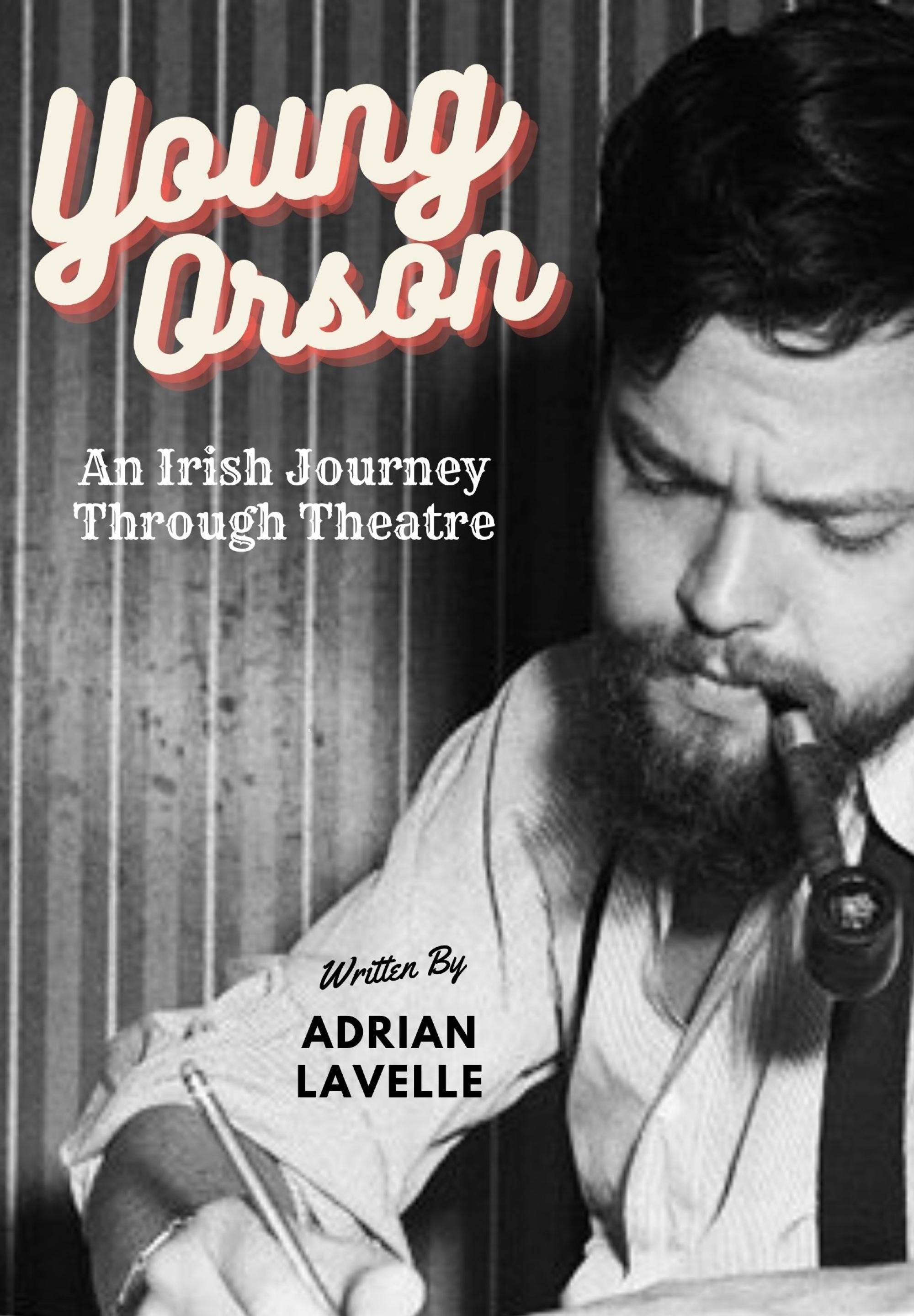
Synopsis/Details
A play based on the theatrical career of Orson Welles. I want to develop this as a TV series, for now, I will post the theatrical script for everybody to enjoy.
There are two characters of Orson Welles, the Narrator Welles, who sits stage right behind his desk throughout the play, and young Welles, whom we first meet at the tender age of 16, when he first arrives in Ireland. As Narrator Welles...narrates....young Welles acts out the narration through vignettes stage left.
These Vignettes include:
- His adventures travelling the west of Ireland.
- Gaining his first acting job at the Gate Theatre by lying about his age.
- His first night on stage at the Gate Theatre.
- His farewell party when he decides to travel to London, and meets W.B and Georgina Yeats.
- His experience staging the first all black version of The Scottish Play.
- War Of The Worlds and the chaos that ensued.
- His return to Ireland in 1960, Where he staged the final play in his illustrious career, 'Chimes at Midnight' in Dublin.
I will leave the blacklist evaluation here. It was good, except the reader completely missed the point on two aspects, which made me wonder was the evaluation somewhat rushed? An evaluation I paid good money for.
- The 'Before The Law' segment is relative throughout the ENTIRE play, especially at the very end when the GOLDEN ARCH RE-APPEARS and Narrator Welles steps into it. It's the reason why Welles is meta-fictional, the arch is used for Welles to appear before us.
- The reader states that Micheal Mac Liommair only breaks the fourth wall once, but he does so on four occasions. I mean, if you're going to state any weaknesses in my work, I welcome it, I love constructive criticism, all I ask is that you get your facts correct before implying it.
Strengths
This biopic of Orson Welles is of epic proportions. The premise of following his journey as an artist is well executed and covers a wide breadth of his life’s work. An interesting dynamic and comparison are introduced as the audience is able to follow both Young Welles and an older Welles, showing how he grows through his career as the plot moves forward. The narration is a strongly used device that well guides Young Welles through his many trials and tribulations to find success. The essence of Young Welles comes to life as he deftly convinces others of his talent, even with little experience, making for a compelling character. The dialogue drips with artistry and is pleasurable in execution (“There is a quality in the Erin eye a thousand times more elusive than the blue in the Connemara hills”), and valiantly brings these characters to life. The strongest scene comes from the depiction of 'The War of the Worlds' broadcast, and the chaos in the aftermath. This writer is clearly imaginative and effusive when it comes to the historical character of Orson Welles and writes with great depth.
Weaknesses
While this follows an interesting journey of the real-life Orson Welles, it covers a large span of time and many events, making it difficult to embed clear dramatic structure and connect these vignettes together. Focusing on a single event and expanding on it could greatly lift this play. For example, Young Welles’ journey to the Aran Islands is interesting, but the events that occur do not connect to his overall arc in the play in a strategic manner. Additionally, the play seems to use two framing devices in the first two scenes and the ‘Before the Law’ story that is recited never seems to rear its head again or find relevance with the plot. A tightening up of this opening sequence would aid in understanding of the intention. Breaking the fourth wall is well used in the narration, however when Micheal also uses this device in one instance, it makes for an uneven execution as the understanding of the world shifts in this moment. Overall, establishing a through line with a central conflict and creating stakes for Young Welles to achieve what we wants would strengthen this play.
Prospects:
With a cast of 11 and many locations, this could be an expensive production to produce. However, the physical production is quite fluid and could likely be scaled to meet the right space. With some further development to define the central conflict and build structure to support it, this could have future production opportunities. Defining this central conflict would also help a producer understand who the audience is for this piece and how to market this play to them.
Pages
105
Story & Logistics
Story Type:
Hero's Journey
Story Situation:
Ambition
Linear Structure:
Non-linear
Moral Affections:
Flatterer, Flattery, Good Man, Innocence, Respect, Reward
Cast Size:
Many
Locations:
Several
Advanced
Adaption:
Based on True Events
Subgenre:
Drama
Action Elements:
Physical Stunts
Equality & Diversity:
Elderly Protagonist, Race Relations Focused
Life Topics:
Afterlife, Coming of Age
Time Period:
Great Depression (1929 – World War II), The Sixties (1960–1969)
Country:
Ireland
Time of Year:
Halloween
Relationship Topics:
Attachment, Child, Emotions and feelings, Jealousy, Partner(s)
Writer Style:
Graham Greene, Woody Allen
